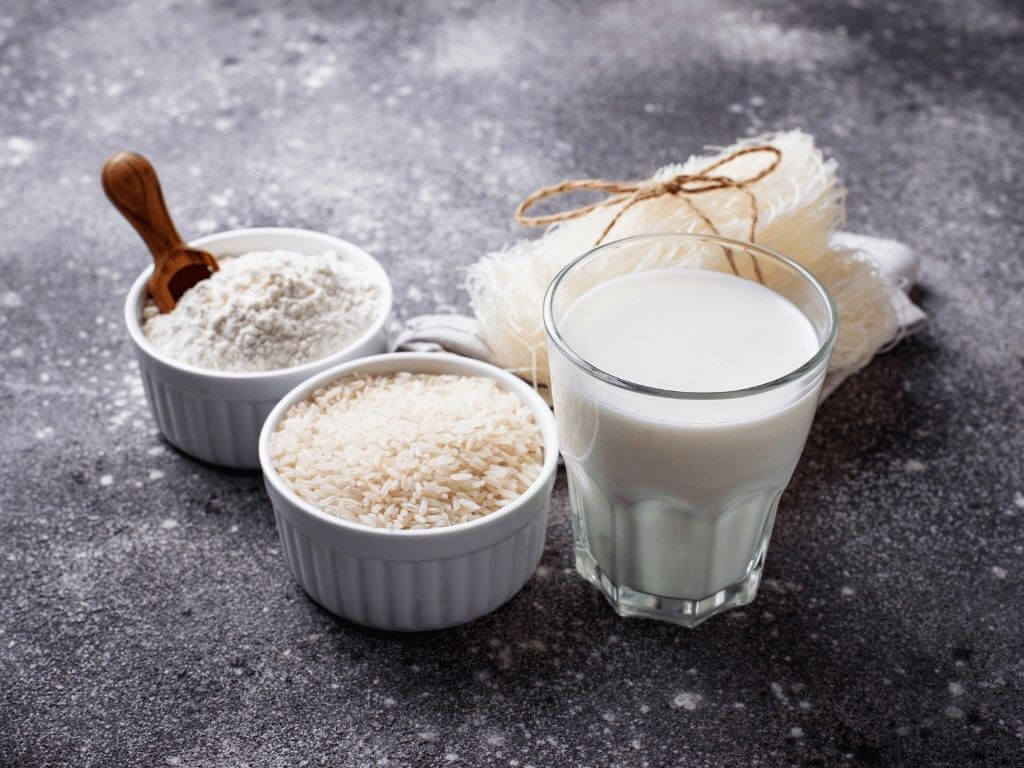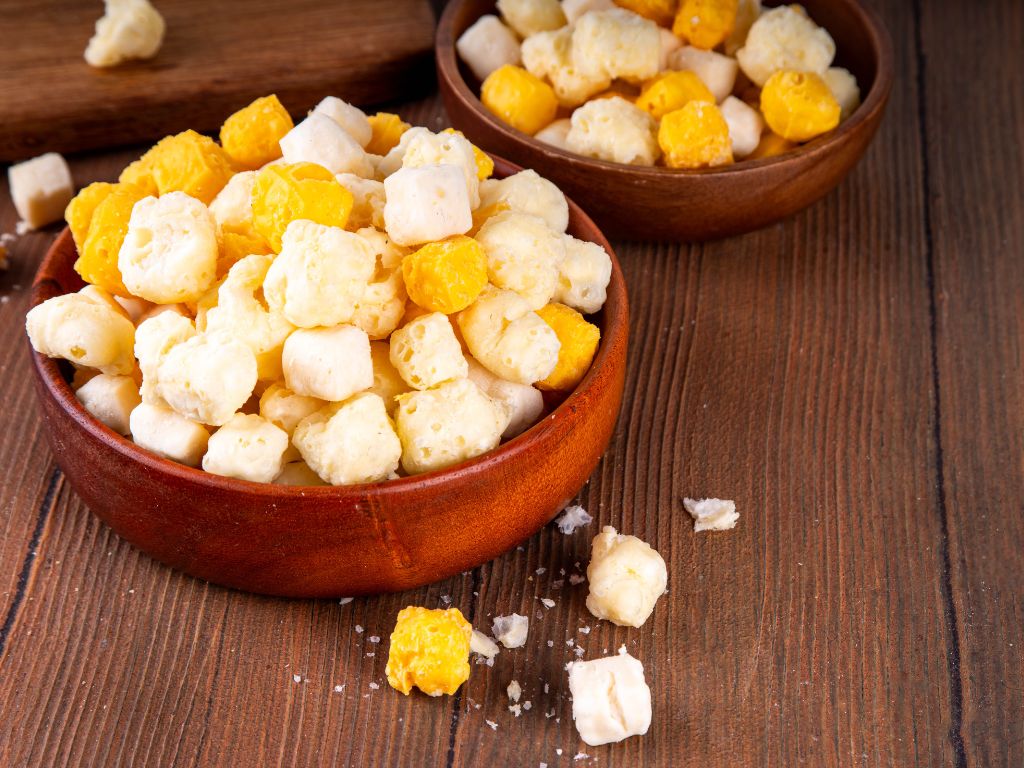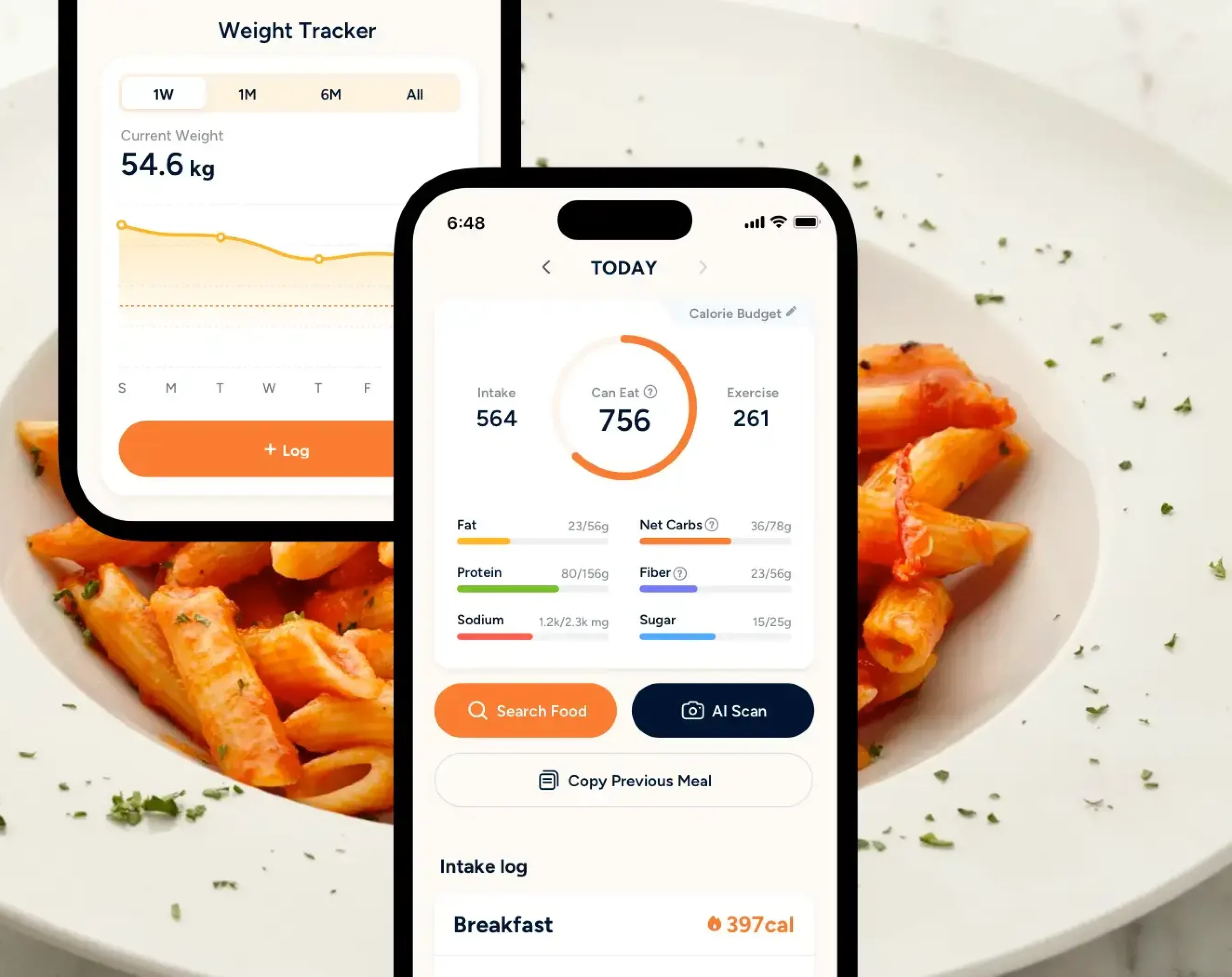Salt is a staple for many households as it’s used to enhance the flavor of many foods. It can also help to preserve a food’s shelf life and support key bodily functions like fluid balance. This detailed guide will walk you through what a low-sodium diet is about, what foods to eat, and a sample 7-day low-sodium diet meal plan that you can use as a reference.
While it can be beneficial, most people have the habit of consuming sodium excessively, far more than the recommended amount. Excessive sodium in your diet can cause a rise in blood pressure and increase the risk of heart disease. Hence, it is important to be mindful of how much sodium you consume daily. Following a low-sodium diet is a way to ensure that you are keeping your daily sodium intake in check.
Key Takeaways
- Consuming too much sodium can raise blood pressure, increase the risk of heart disease, cause fluid retention, and negatively affect kidney function.
- Reducing sodium intake supports cardiovascular health, lowers fluid retention, helps manage kidney disease, and may reduce the risk of stomach cancer.
- Low-sodium eating emphasizes fresh vegetables and fruits, lean proteins, and whole grains.
- Opt for grilled, baked, or steamed dishes, avoid heavy sauces or soups, substitute high-sodium sides with fresh vegetables, and make special requests to reduce salt content while eating out.
What is a Low Sodium Diet?

A low-sodium diet is essentially a diet that focuses on limiting the consumption of foods and beverages that are high in sodium.
While sodium is an essential element that our body needs to manage our blood pressure and support good heart health, many people consume an amount that is considered unhealthy.
The daily recommended sodium limit is 2,300 mg for most adults. Yet, the average American adult eats an average of 3,400 mg of sodium per day. That’s nearly 50% more than the recommended amount [1].
How does it connect to the DASH diet?
The low-sodium diet shares many principles with the DASH diet, with the key focus being to reduce sodium intake.
The DASH diet (Dietary Approaches to Stop Hypertension) emphasizes eating foods that are low in salt content, and includes more fruits, vegetables, whole grains, low-fat dairy, and lean protein [2].
Consuming such a highly nutritious diet will help reduce high blood pressure and help individuals to lose weight healthily and sustainably.
According to research studies, reducing sodium intake and being on the DASH diet is proven to reduce cardiovascular risk by up to 14% [3].
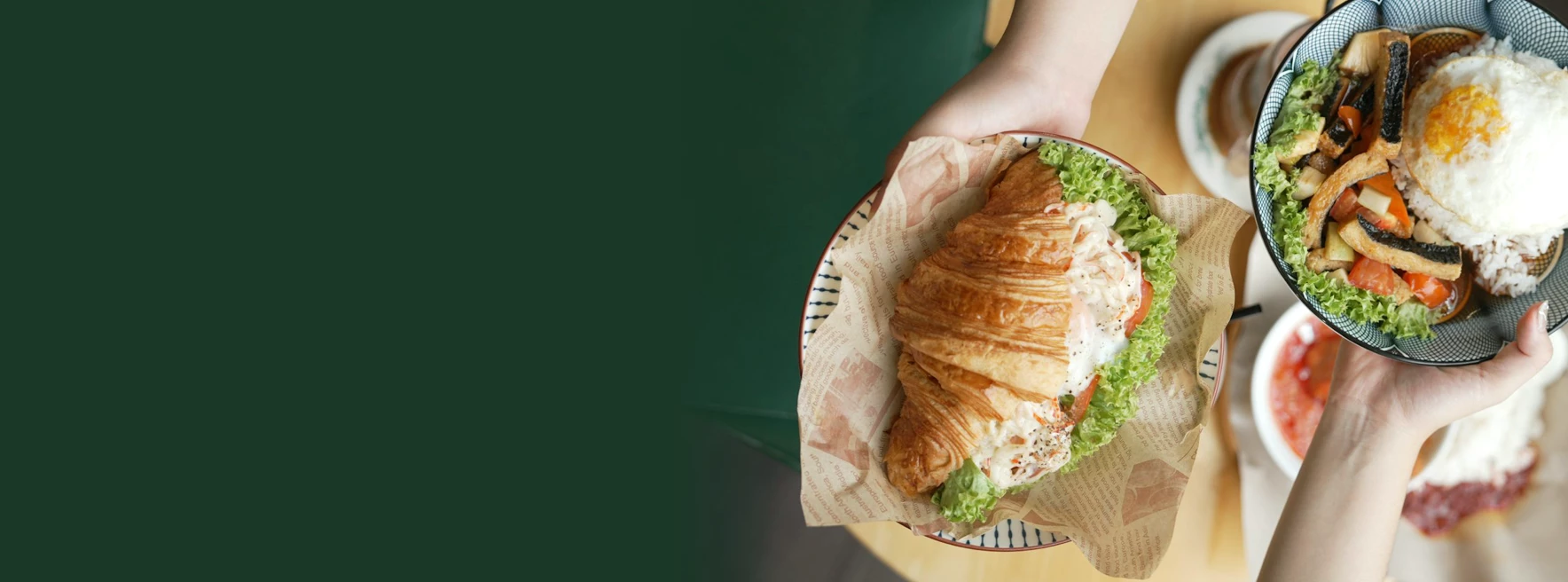
Weight Loss Has Never Been Easier
Get accurate nutrition info instantly. Keep track of your progress.
Download Eato For FreeBenefits of Following a Low-Sodium Diet Plan
Following a low-sodium diet can have positive effects on your health. The main benefits are [4]:
1. Improving cardiovascular health
Eating too much sodium can severely affect those with heart disease. For those with heart failure, it can cause fluid buildup in the body. This means that the heart would have to work much harder to pump blood around the body, and it can also cause shortness of breath.
Reducing sodium intake will not only reduce sodium and fluid retention in the body. It also lowers blood pressure and decreases the risk of heart disease, stroke, and kidney-related issues.
2. Reduced fluid retention
Lower sodium levels help your kidneys eliminate excess fluid more efficiently. With reduced fluid retention, you will notice reduced bloating, swelling in the ankles, feet, and stomach, and potential weight loss [5].
3. Supports kidney disease
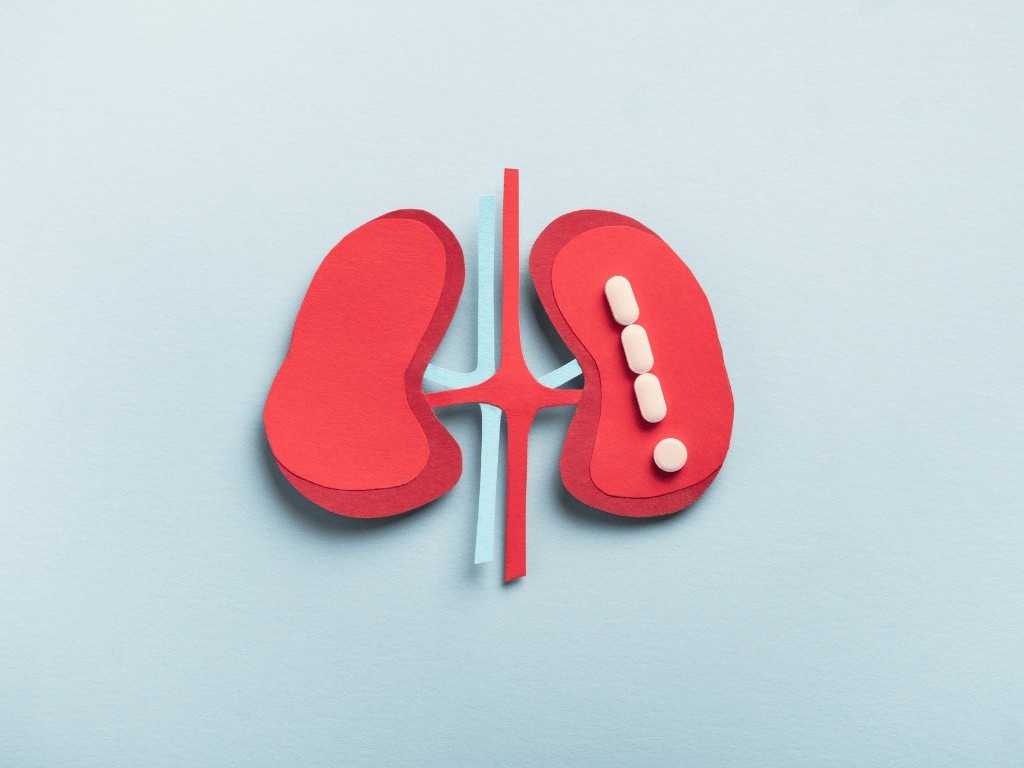
A weakened kidney impairs how your body filters waste and maintains adequate fluid balance, which can happen if you are diagnosed with kidney illness, such as chronic kidney disease (CKD) or renal failure.
4. Lowers the risk of stomach cancer
Constantly consuming foods that are high in salt is linked to an increased risk of developing certain types of cancers, such as stomach cancer as excess salt damages the stomach lining over time [6]. This leads to increased inflammation and growth of Helicobacter pylori (H.pylori) bacteria, a known risk factor for gastric cancer.
Who should follow a low-sodium diet?
Individuals with health conditions like high blood pressure, kidney disease, and congestive heart failure can potentially benefit from following a diet that focuses on consuming foods that are low in salt.
Low Sodium Foods to Include in Your Diet
While on a low-sodium diet, here are some low and salt-free alternatives that you can include in your meals.
a) Protein sources
Low-sodium protein choices include:
- Beef, unprocessed
- Lamb
- Pork
- Fresh poultry (chicken, turkey)
- Fish and seafood
- Eggs and egg substitutes
- Non-canned, dry peas and beans
- Unsalted nuts and seeds
- Canned fish or poultry that is drained, water or oil-packed
b) Vegetables and fruits
Some vegetable and fruit options include:
- Fresh vegetables
- Frozen vegetables without sauces
- Fresh herbs (e.g. basil, cilantro, parsley, mint)
- Most fresh, frozen, and canned fruit
- Dried fruits without added sulfites
c) Low-sodium dairy products
For dairy products, the alternatives are:
- Low-sodium cheese varieties (Cream cheese, mozzarella)
- Fresh ricotta cheese
- Unsweetened plant-based milks
- Plain Greek yogurt
d) Grains and starch alternatives
Under grains and starches, there are:
- Bread, bagels, and rolls without salted tops
- Muffins and ready-to-eat cereals
- Brown rice
- Quinoa
- Low-sodium corn and flour tortillas
- Unsalted popcorn, chips, and pretzels
- Sweet potatoes
- Regular potatoes
e) Condiments and dressings
Alternatives include:
- Vinegar
- Unsalted butter or margarine
- Vegetable oil
- Low-sodium sauces and salad dressings
- Mayonnaise
High Sodium Foods to Avoid
Understanding which high-sodium foods to avoid in your diet is equally crucial.
a) Packaged and prepared foods
Packaged and prepared foods with highly processed ingredients include:
- Deli meats and hot dogs
- Canned soups
- Frozen dinners
- Packaged snacks and crackers
- Instant noodles and flavored rice mixes
b) Fast foods
Avoid eating these common fast food options:
- Pizza
- Burgers and sandwiches
- Chinese takeout dishes
c) Condiments and sauces
Some sauces and condiments that come with high amounts of sodium:
- Soy sauce
- Teriyaki sauce
- Salad dressings
- Ketchup and BBQ sauce
- Pickles and olives
d) Canned and preserved items
Canned and preserved items may also contain excessive salt content:
- Canned vegetables with added salt
- Pickled foods
- Smoked and cured meats
- Salted nuts and seeds
- Regular canned beans (unless rinsed)
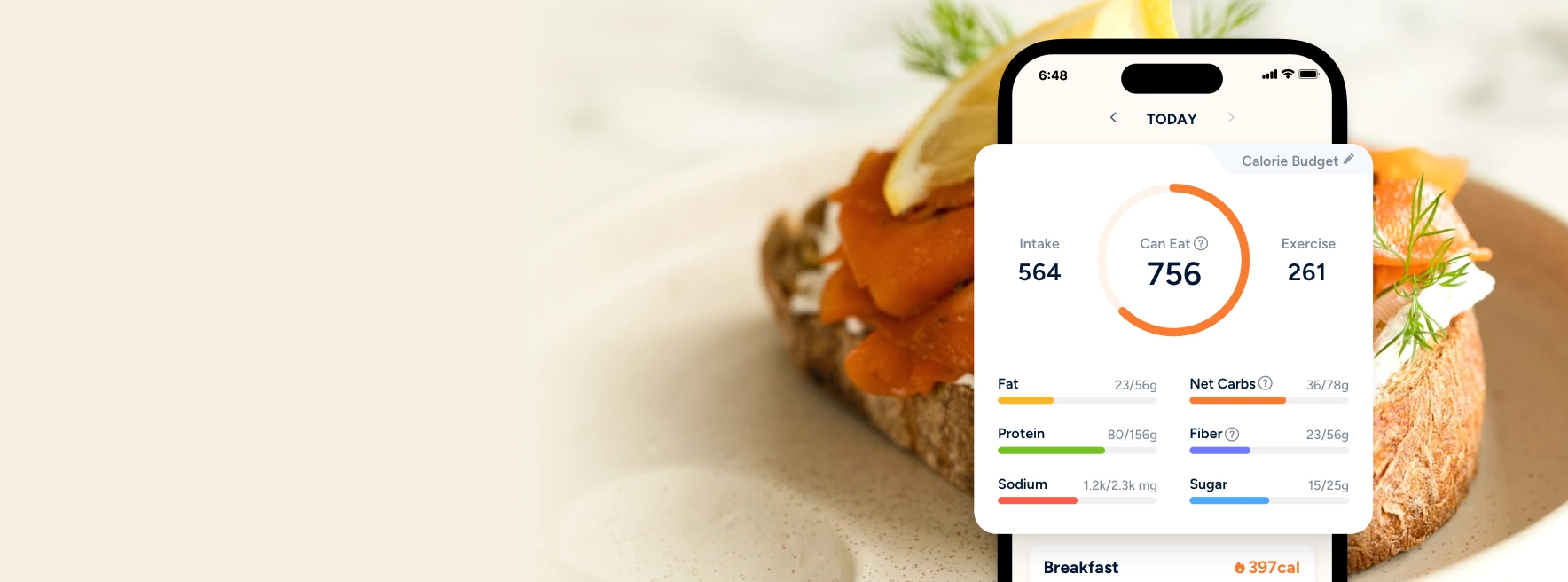
Smarter Nutrition Tracking
Track calories and over 100 other nutrients all in one place.
Download Eato For FreeYour Complete 7 Day Low-Sodium Diet Meal Plan
Based on the list of low-sodium and high-sodium foods to consume or avoid, here’s a sample 7-day low-sodium diet meal plan that you may follow or take as an inspiration when creating your own meal plan.
Day 1
Breakfast:
- Overnight oats made with rolled oats, unsweetened almond milk, and fresh berries
- 1 tablespoon chopped walnuts
- 1 teaspoon honey
Lunch:
- Grilled chicken salad with mixed greens, cherry tomatoes, cucumber, and avocado
- Homemade vinaigrette (olive oil, lemon juice, herbs)
- 1 slice whole-grain bread (low-sodium variety)
Dinner:
- Baked salmon with lemon and dill
- Roasted sweet potatoes with rosemary
- Steamed broccoli with garlic
Snacks:
- Apple slices with 1 tablespoon unsalted almond butter
- Herbal tea
Day 2
Breakfast:
- Veggie scramble with eggs, bell peppers, spinach, and onions
- 1 slice whole grain toast (low-sodium)
- Fresh orange slices
Lunch:
- Quinoa bowl with black beans (rinsed), corn, tomatoes, and cilantro
- Lime-cumin dressing (lime juice, olive oil, cumin, garlic)
Dinner:
- Herb-crusted chicken breast
- Brown rice pilaf with herbs
- Green beans with almonds
Snacks:
- Greek yogurt with fresh berries
- A handful of unsalted mixed nuts
Day 3
Breakfast:
- Greek yogurt parfait with granola (low-sodium) and honey
- Fresh strawberries
Lunch:
- Mediterranean wrap with hummus, vegetables, and grilled chicken
- Whole wheat tortilla (low-sodium)
- Side of fresh fruit
Dinner:
- Grilled fish with Mediterranean herbs
- Roasted vegetables (zucchini, eggplant, tomatoes)
- Small portion of whole wheat couscous
Snacks:
- Sliced vegetables with homemade herb dip
- Unsalted crackers (2-3 pieces)
Day 4
Breakfast:
- Whole-grain pancakes (made from scratch with low-sodium baking powder)
- Fresh fruit compote
- 1 tablespoon pure maple syrup
Lunch:
- Turkey and avocado sandwich on low-sodium bread
- Side salad with oil and vinegar dressing
- Sliced tomatoes
Dinner:
- Lean beef stir-fry with fresh vegetables
- Brown rice
- Ginger-garlic sauce (homemade, no soy sauce)
Snacks:
- Banana with 1 tablespoon unsalted peanut butter
- Herbal tea
Day 5
Breakfast:
- Smoothie bowl with banana, berries, spinach, and unsweetened almond milk
- Topped with chia seeds and unsalted granola
Lunch:
- Asian-inspired salad with grilled tofu, mixed greens, and sesame-ginger dressing
- Brown rice on the side
Dinner:
- Moroccan-spiced chicken with vegetables
- Quinoa with fresh herbs
- Roasted carrots with cumin
Snacks:
- Rice cakes (unsalted) with avocado
- Fresh fruit
Day 6
Breakfast:
- Avocado toast on low-sodium bread
- Sliced tomatoes with fresh basil
- Poached egg on top
Lunch:
- Lentil soup (homemade, low-sodium)
- Side salad with balsamic vinaigrette
- Whole grain roll (low-sodium)
Dinner:
- Baked cod with herbs and lemon
- Mashed cauliflower with garlic
- Roasted asparagus
Snacks:
- Trail mix (unsalted nuts, dried fruit)
- Sparkling water with lemon
Day 7
Breakfast:
- Chia seed pudding with coconut milk and fresh mango
- Topped with unsalted coconut flakes
Lunch:
- Buddha bowl with roasted vegetables, quinoa, and tahini dressing
- Fresh herbs and lemon
Dinner:
- Grilled portobello mushrooms stuffed with vegetables
- Wild rice with herbs
- Steamed green beans
Snacks:
- Apple with unsalted sunflower seeds
- Homemade vegetable juice
Low Sodium Diet Menu Planning Tips
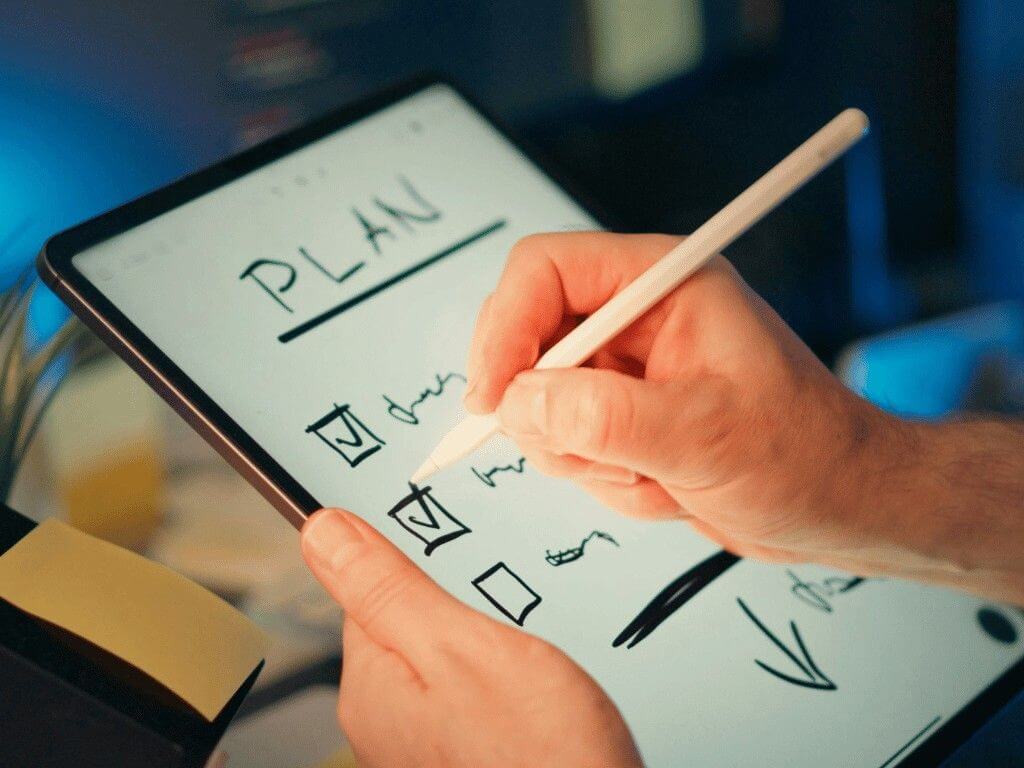
When you are planning your low-sodium meals for the week, here are some tips that you should keep in mind:
- Read food labels carefully. Look for “low-sodium” or “no salt added” on product labels. You may also check the nutrition facts label to determine if the product has 5% daily value (DV) or less.
- Always choose fresh ingredients: Fresh, clean ingredients inherently have less salt than processed foods. So, that should be your first choice.
- Rinse canned meals: If you have no other options than canned goods, make sure to rinse them well to lower the salt level as much as possible.
- Choose unsalted foods: If you’re buying nuts or seeds, look for ones that are unsalted or have no salt added.

Smarter Nutrition Tracking
Track calories and over 100 other nutrients all in one place.
Download Eato For Free4 Low Sodium Diet Meal Prepping Tips
Most people don’t have the time to wake up early and prepare their meals on weekdays due to packed schedules and work commitments. So what you can do instead is to meal prep in advance during the weekends.
Here are 4 quick tips on meal prepping:
1. Batch cook staples
Prepare generous servings of low-sodium staples like quinoa, brown rice, roasted veggies, and lean meats. Store them in sealed containers for convenient mixing and matching throughout the week.
2. Make your own sauces & dressings
Avoid store-bought options high in salt. Create your own dressings, marinades, and sauces for pastas so you can control the ingredients and sodium levels.
3. Portion for the week
Divide meals into ready-to-go containers to help manage sodium intake and make healthy eating more convenient.
4. Stock up for emergencies
Keep a few low-sodium freezer meals or snacks on hand for days when cooking isn’t an option, so you can stay on track even when life gets hectic. For additional information on how to effectively prepare your meals in advance, see our comprehensive tutorial here: how to meal prep.
Tips on Dining Out While on a Low Sodium Diet
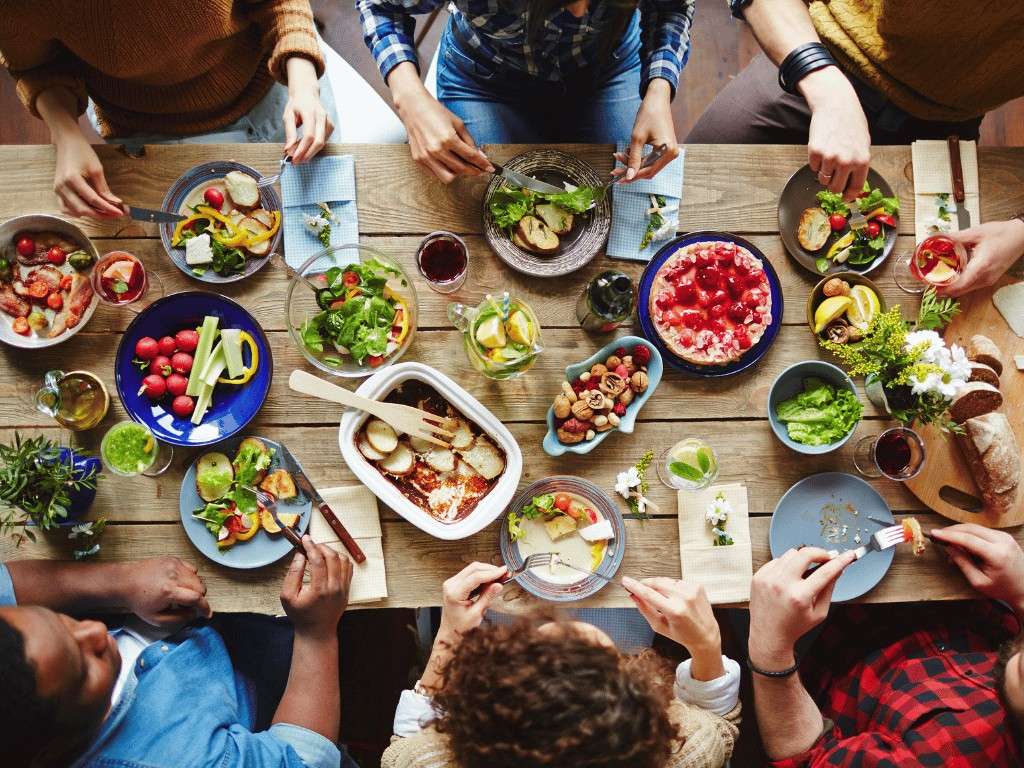
It can be tough to follow a diet when there are so many delicious food and restaurant options around. Here’s how you can maintain a low-sodium diet while dining at your favorite restaurant or food place.
- Choose foods with less gravy or sauce: Sauces, gravy or soups tend to contain a lot of sodium. When choosing your dish, opt for a food that has the least gravy or sauces. Avoid consuming any soups to reduce sodium consumption.
- Choose simple prepared foods: Grilled, baked or steamed dishes are considerably healthy compared to foods with heavy sauces, or deep fried.
- Substitute your side dishes: Opt to replace high-sodium side dishes with fresh vegetables or garden salads with minimal dressings.
- Make special requests: Inquire about how a food has been prepared and request for special modifications to the dish, if the place allows.
When to Consult a Healthcare Professional
Before beginning a new diet, always visit a healthcare expert or a dietician. A certified dietitian can tell you if the diet is right for your health objectives and educate you how to follow a low-sodium diet that follows correct dietary standards.
If you have any pre-existing medical issues or are using blood pressure drugs, you should consult with a doctor. If you feel dizziness, exhaustion, or low blood pressure while on the diet, get medical attention immediately.
The Final Takeaway
At the end of the day, diets should be approached with caution. Going on a low-sodium diet can be beneficial for your heart health, provided it is done right and with the guidance of a medical professional. This 7-day low-sodium diet meal plan provides a practical foundation for heart-healthy eating with fresh ingredients, seasonings, and proper meal planning. It proves that reducing your sodium intake doesn’t mean sacrificing flavor.
Combine this meal plan with the Eato app to keep track of your nutrition every step of the way. With Eato’s comprehensive nutrition database, you’ll never have to guess about sodium content again. Try it today for free!

Smarter Nutrition Tracking
Track calories and over 100 other nutrients all in one place.
Download Eato For Free

